

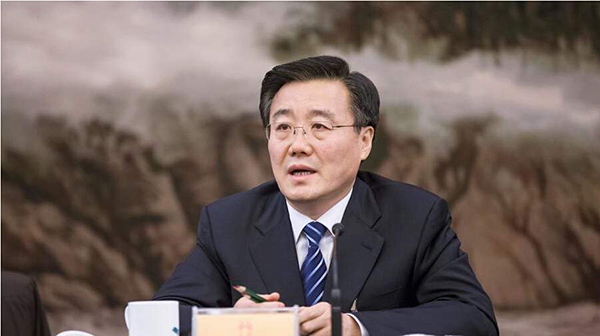
Li Shixiang, deputy mayor of Beijing
At the end of 2017, Beijing will move its municipal administrative bodies to the eastern Tongzhou district, where a Beijing administrative sub-center is currently under construction. The move is a measure to ease pressure on public services, said Li Shixiang, deputy mayor of the capital on Monday.
As a consequence, 400,000 people will move out of overcrowded downtown areas, Li told reporters at the ongoing Two Sessions meetings on March 7.
At the same time, Beijing is planning three new towns, Daxing, Shunyi and Changping, which will offer a solution to the population burden of the city in accordance with the new urbanization plan.
In order to curb the rapid growth of the city's population, Beijing will make an effort to control property development, which will remain static over a period of time to come. "Controlling the development of real estate is controlling population growth,” said Li.
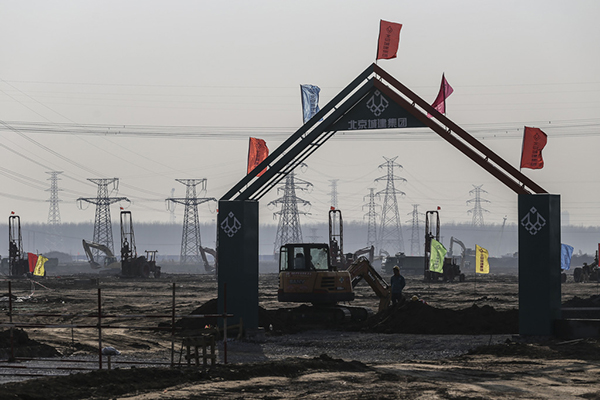
Beijing has 21.72 million residents and 5.62 million vehicles, with the average congestion index reaching 5.7. A true solution for congestion will ease the non-capital functions and promote coordinated development of Jing-Jin-Ji, which is a mega-city named after the three areas it encompasses: Jing for Beijing, Jin for the nearby port city of Tianjin, and Ji for the traditional name of Hebei province, which surrounds both cities.
Li also mentioned that 20 wholesale markets and 79 industrial enterprises already moved from Beijing last year to reduce traffic congestion and population density.
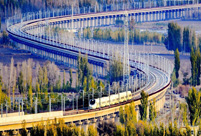 China has world's largest high-speed rail network
China has world's largest high-speed rail network Top beauties in Chinese provinces
Top beauties in Chinese provinces 600 people attend Lusheng playing contest in S China
600 people attend Lusheng playing contest in S China Engineer troop builds bridge in real combat conditions
Engineer troop builds bridge in real combat conditions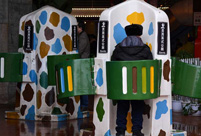 You can urinate in public in Chongqing
You can urinate in public in Chongqing Rice terrace scenery in southwest China's Yunnan
Rice terrace scenery in southwest China's Yunnan 2016 Miss Chinatown USA pageant held in San Francisco
2016 Miss Chinatown USA pageant held in San Francisco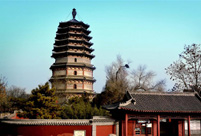 Ancient pagodas across China
Ancient pagodas across China Wedding dress show up in the air
Wedding dress show up in the air Top 20 hottest women in the world in 2014
Top 20 hottest women in the world in 2014 Top 10 hardest languages to learn
Top 10 hardest languages to learn 10 Chinese female stars with most beautiful faces
10 Chinese female stars with most beautiful faces China’s Top 10 Unique Bridges, Highways and Roads
China’s Top 10 Unique Bridges, Highways and Roads Reform pain offset by growing economy
Reform pain offset by growing economy ZTE operating normally; complies with law
ZTE operating normally; complies with law By the Numbers: Government work report
By the Numbers: Government work report Female deputies give women's perspective at two sessions
Female deputies give women's perspective at two sessionsDay|Week